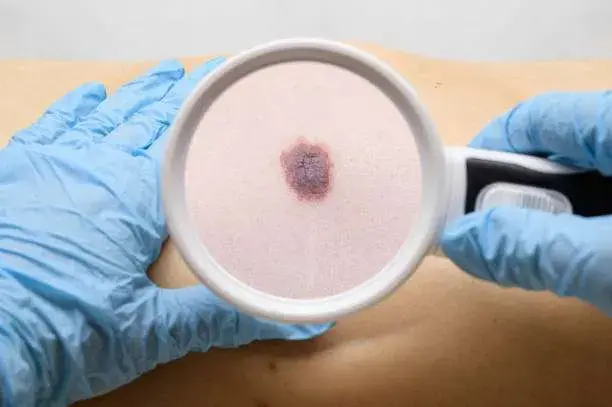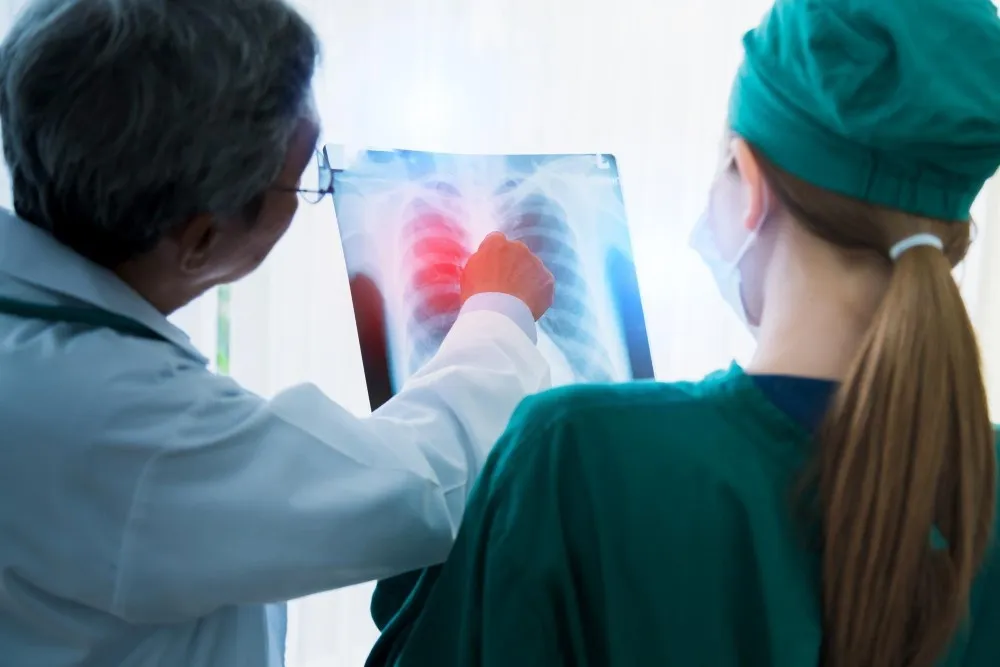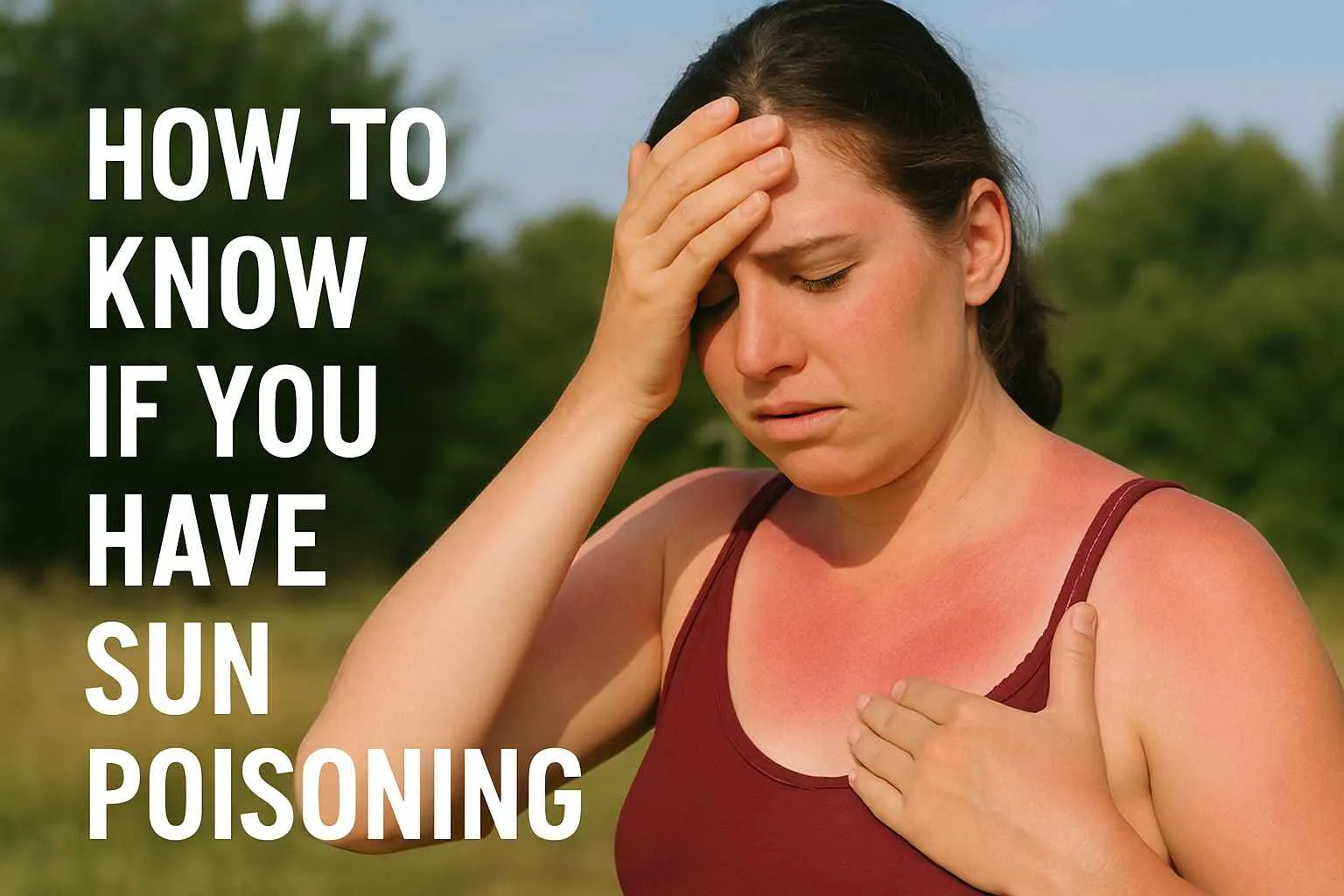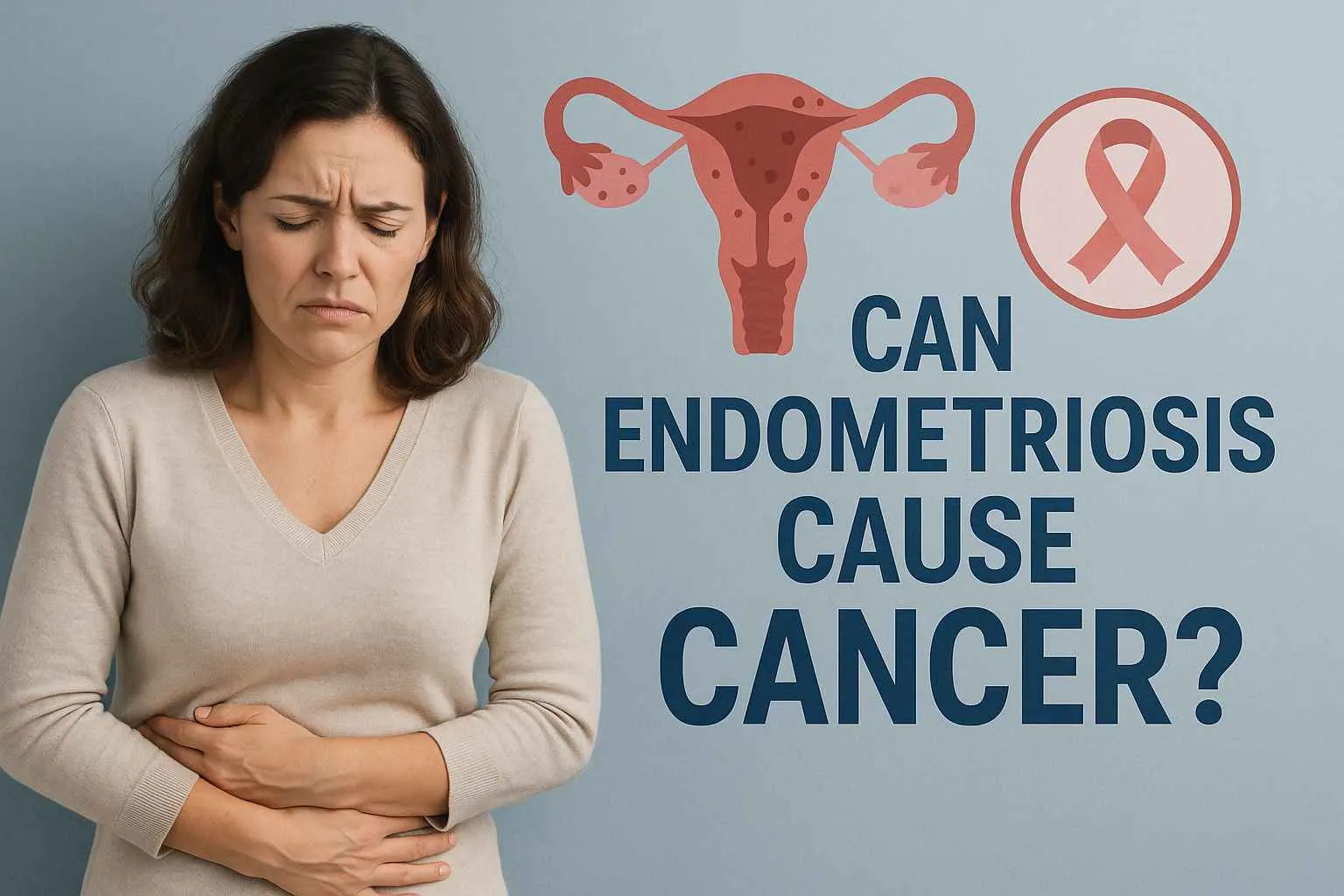Skin cancers are commonly seen in everyday life. Skin cancer is usually caused when the skin is exposed to UV radiation, leading to changes in the skin cells that can lead to overgrowth. One common symptom of skin cancer is the development of unusual skin growth or changes in existing moles. While other symptoms include changes in the shape, size, and color of skin growth, many skin cancer cells are treatable when caught early. These treatments can include surgeries, chemotherapies, and radiation. Today we will look at skin cancer symptoms, types, causes, treatments and preventions that can indicate if you have skin cancer.
What is Skin Cancer?

Skin cancer is a disease that can be involved in the abnormal growth or spreading of cells in the skin tissues.
- Skin cancer is usually the rapid growth of the skin cell, growing and becoming old and dying off.
- When the skin cells grow too quickly, they can lead to the spreading of the accumulation of these cells, which may or may not cause any harm. Sometimes this growth can be non-cancerous.
- Skin cancer can affect people of all skin conditions, including people with darker complexions.
- Melanoma or abnormal growth of skin cells can be caused due to extreme or rare exposure to the sun, the development of sweaty palms and soles of the feet.
Stages of Skin Cancer
Skin cancer has its 4 stages according to the severity of the condition.
Stage 0 (In Situ): Abnormal cells are present but have not spread surrounding tissues.
Stage I: Cancer is developed but only affects the outer layer of the skin.
Stage II: Tumor has grown larger, affecting deeper skin layers.
Stage III: Cancer has spread to nearby tissues and lymph nodes.
Stage IV: Advanced cancer that has spread to surrounding organs and lymph nodes, and involves a higher risk of complications.
Book an online appointment with the Best Melanoma Doctors in India
Skin Cancer Types
There are three main types of skin cancers on the basis of characteristics and the levels of severity. This includes:
- Basal Cell Carcinoma (BCC): One of the most common types of skin cancer usually developed due to the excessive sun appearing in areas such as the face, neck, eyelids etc. It is usually slow growing and rarely spreads to other parts of the body.
- Squamous Cell Carcinoma (SCC): This also occurs due to excessive sun exposure. While it tends to grow faster than BCC, it is still usually localized and has a lower risk of spreading.
- Melanoma: The most serious type, originating in pigment-producing cells (melanocytes). Melanoma skin cancer can spread rapidly, making early detection crucial for successful treatment.
Skin Cancer Symptoms
Skin cancers can spread to nearby organs and tissues in different body areas. When these cancers are seen early on, they can be identified and treated in the initial stages and are mostly cured. So it is crucial to talk to the doctor in case you have observed any of these skin cancer signs - The most common symptoms of skin cancer can be changes in the skin; this can be in the form of new growth, a difference in the existing growth, or changes in mole color.
Early signs of skin cancer are -
- A new mole or changes in the size or shape of the mole.
- Another symptom of skin cancer is the development of a spot or sore that bleeds, oozes, or crusts and doesn't heal within a few weeks.
- A pearly white bump on the skin (face, neck, or ears).
- Areas on the skin can look like scars.
- Sores that look crusty or have depression in the middle or bleed so often.
- Wounds or sores that will not help or heal but come back faster
- A rough, scaly lesion that causes skin itching, bleeding, or is crusty.
Skin cancer Causes
The leading cause of the increase in skin cancer is overexposure to sunlight; when sunburned, there are blisters. In addition, UV rays from the sun damage the skin's DNA, which causes abnormal cells to form, and these can rapidly divide by organizing themselves into a mass of cancer cells.
Also Read: 12 Effective Ways to Get Rid of Skin Tags at Home
What does skin cancer look like?
The skin can look very different when one has cancer. If you want to identify if this can or think you have developed skin cancer, then look at the ABCDE rule. This can help figure out more about skin cancers.
ABCDE rules suggest -
A - Asymmetry, if there is an asymmetry in the shape of the skin cells, it can be a sign of a developing problem.
B - Blurry or irregularly shaped edges, the edges of the fingernails, and skin tissues can become blurry during the initial stage of skin cancer.
C - color: While color changes are the first symptoms that can warn you against skin cancer, they can also happen in the case of a change in the color of moles.
D- Diameter, the changes or increases in swelling in the skin, can also be a parameter suggesting causes of skin cancer.
E - Evolutions, any changes in shape, color, or size, can signify that now is the time to see a dermatologist and check if everything is alright.
Also Read: 12 Best Ways To Get Rid of Acne Scars
Skin Cancer Treatment
Skin cancer treatments will depend on the skin cancer's stage, type, and location. Here are some of the common treatments for skin cancer-
- Surgery: The primary treatment for skin cancer is often surgical removal. The surgeon removes abnormal tissue growth and a base layer of healthy skin to ensure complete removal. The extent and severity of surgery can vary depending on the cancer.
- Mohs surgery: It entails removing thin layers of tissue one by one. In addition, it entails removing thin layers of tissue one at a time and immediately inspecting each layer under a microscope for clarity of cell growth.
- Radiation Therapy: Radiation therapy involves using high-energy rays or other types of radiation that can kill cancer cells and prevent their growth. Radiation therapy is frequently used when surgery is not an option or when cancer cells remain after surgery.
- Topical medications: Topical medications can treat certain types of skin cancer, such as squamous basal cell carcinoma and actinic keratoses. These creams or gels are applied directly to the affected area, where the cancer is destroyed.
- Cryotherapy: Cryotherapy is a treatment that involves freezing cancer cells in liquid nitrogen. It's commonly used to treat superficial skin cancers like actinic keratoses. Cryotherapy causes the treated area to blister; eventually, the scab and dead tissue fall off as the skin heals.
Also Read: Fungal Skin Infections 101
Skin Cancer Risk Factors
There are some risk factors for skin cancer are
- Skin cancer can be a risk factor for all individuals regardless of color or sex.
- Some people can get it more than others, but all can have a chance of getting skin cancer.
- Before age 50, skin cancer was more common in females than males, and people assigned females at birth can also get skin cancer.
- After 50, more men have the chance of getting skin cancer. This can be common in all types of races and ethnic backgrounds like Hispanic non-Hispanic African, etc., but for people with darker skin, cancer is diagnosed a lot later in the final stages; thus, it becomes difficult to treat them.
Skin Cancer Prevention
Though there are simple measures that you can take to prevent skin cancer, you must be aware of these precautions and follow them rigorously, especially if skin cancer exists in any family member.
- Spend limited hours in the sun; if you are working, ensure minimal sun exposure and wear full-sleeved clothes.
- If you live in a sunny or higher altitude place, you should avoid contact with the outdoors during the day.
- Avoid using tanning products.
- People with light-colored eyes, blond or red hair, and fair or freckled skin can have problems associating with the sun.
- If you have moles or are getting moles, it will be better to get them fixed by a doctor.
- Have keratosis skin growths that are rough, scaly, and dark pink to brown in color and patches. Then ensure you treat the condition with the correct procedures and remedies.
When to see a doctor if you have skin cancer?
You should take some time to meet with your medical healthcare provider if any noticeable changes in the skin can lead to worrying you, and these changes in skin cancer are making it impossible for you to focus on work or school. The doctor will investigate the skin changes to determine the cause of skin cancer.
Conclusion
While cancers of different types can be a big deal and also worrying, you should know that sometimes the symptoms of skin cancer can be related to other skin health conditions, like scaly patches are also seen in eczema and flaky skin in psoriasis. Thus, it is highly recommended to get in touch with a doctor and see if these symptoms are of skin cancer. Usually, the doctor will perform a biopsy to check the growth of the cell, and if there are chances, they can recommend Chemotherapy or radiation therapy.
Frequently Asked Questions
What does early skin cancer look like?
Early skin cancer may appear as changes in moles or the development of new, irregularly shaped lesions with uneven borders and variations in color.
How to know if you have skin cancer?
To know if you have skin cancer, monitor moles for changes in size, shape, color, or texture, and seek medical attention for any suspicious skin lesions or persistent symptoms.
Is skin cancer curable?
Skin cancer is often curable, especially when detected early; timely treatment and regular check-ups are crucial for successful management.
Can black people get skin cancer?
Yes, people with darker skin tones can get skin cancer, although they have a lower risk than those with lighter skin; regular skin checks are important for everyone.
Does skin cancer itch?
Skin cancer can sometimes cause itching, but not all cases exhibit this symptom, and persistent itching should prompt a medical evaluation.
Is skin cancer deadly?
Skin cancer can be deadly if not detected and treated early; regular screening and sun protection are essential for prevention.
What cancer can cause itchy skin?
Various cancers, including lymphoma, leukemia, and certain skin cancers, can cause itchy skin as a symptom.
What causes skin cancer?
Skin cancer is primarily caused by exposure to ultraviolet (UV) radiation from the sun or tanning beds, leading to DNA damage in skin cells.
Does skin cancer hurt?
Skin cancer typically does not cause pain, but certain types or advanced stages may lead to discomfort or tenderness.
How to prevent skin cancer?
Prevent skin cancer by using sunscreen, seeking shade, wearing protective clothing, and getting regular skin check-ups.
Reviewed by







